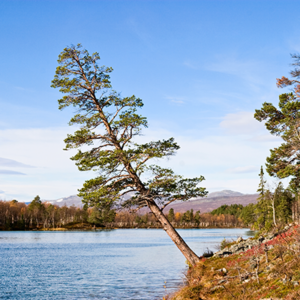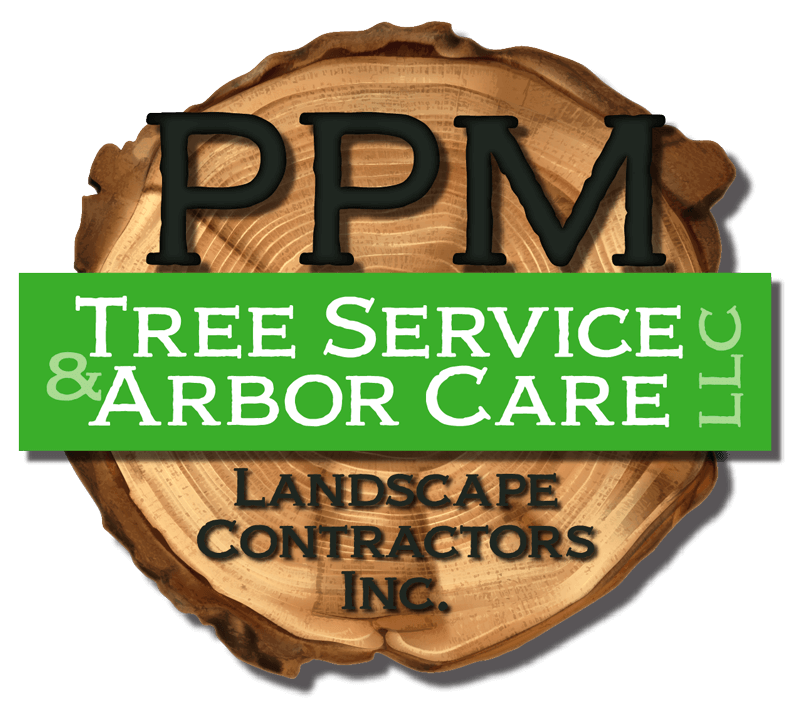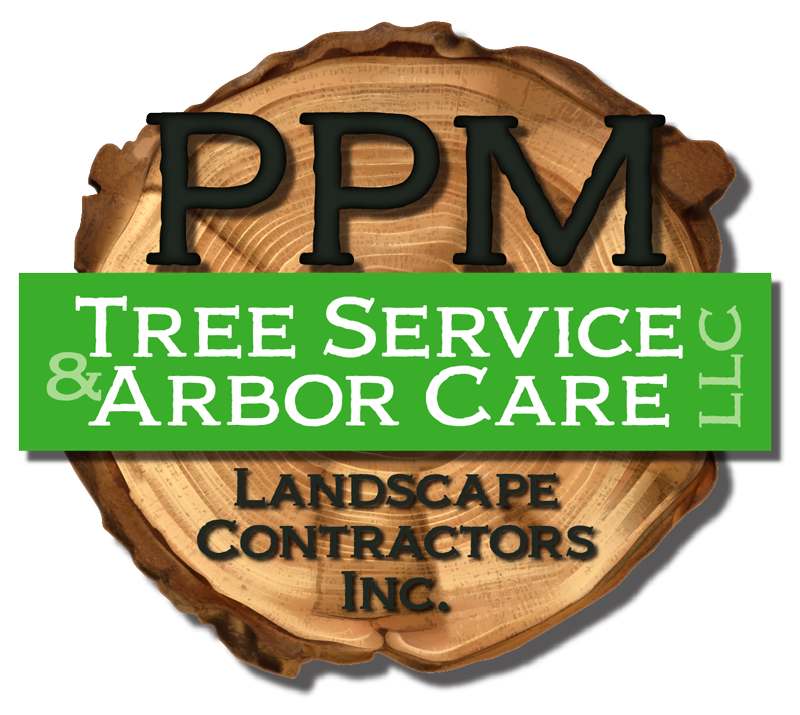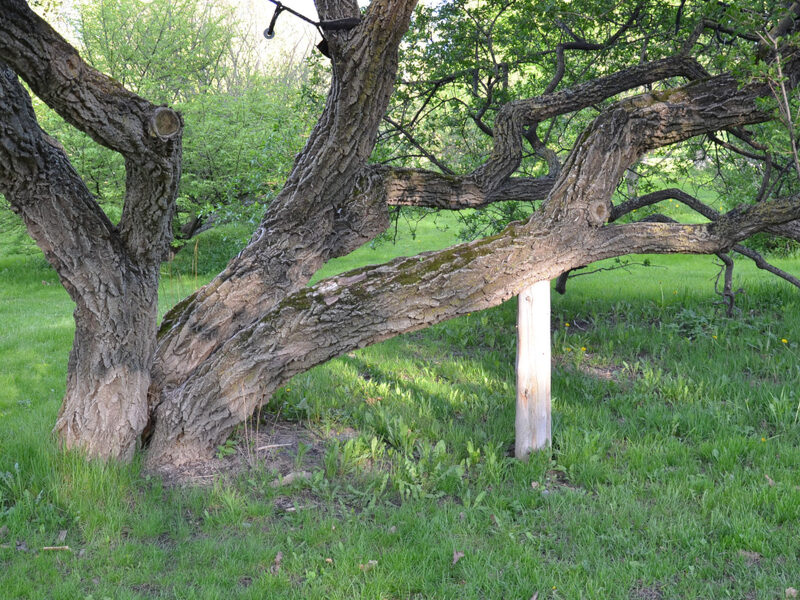5 Signs Your Tree Should Be Cabled To Prevent Damage
With all of the harsh stormy weather we’ve had this past summer and fall, many Michiganders have been left with damaged trees or even trees that must be removed. Maybe your trees were lucky enough to make it through unscathed. But what about the next big storm that comes through? Will your trees’ weighty branches survive? Now’s a good time to look at cabling a tree that may have larger, weakened, or damaged branches. It’s an excellent alternative to removing a tree entirely and allows you to enjoy your landmark trees for many more years to come. Quite literally, it helps them weather the storm.
5 Signs You Should Consider Tree Cabling
What Is Tree Cabling
Before we get into recognizing the signs of needing tree cabling, you might be wondering: well, what exactly is tree cabling? If you’re not familiar with the term, tree cabling is a process that uses extremely strong cables to secure tree branches in place. This will support the tree’s weakened or damaged areas and prevent the outright removal of the tree. As trees get older and older, they often can no longer support the weight of their own branches. As we’ve seen this past summer, storms can wreak major havoc on our ornamental plants.
1. Tree Cracks
If your tree has cracks or splits in the trunk, this is a big red flag. It indicates a major structural issue that could require extra support for your tree. A common reason trees develop such damage is storms and wind. Lightning can severely damage a tree and leave it scarred. Strong winds push the tree’s structural integrity to the limit, and with all the back and forth pressure, eventually, something will give, and the tree cracks.
2. Co-Dominant Trunks
When your tree has two or more stems coming out of the main stem, this v-shaped “crotch” can create weak points. These v-shaped areas are the most likely to give under the pressure of high winds or the increasing weight that accumulates year after year as the tree grows.
3. A Leaning Tree
While some pine trees are known for growing incredibly straight, most trees have some lean to them. This happens because the tree will bend and move as it seeks out sunlight. The root system beneath the surface will grow in kind and make sure to account for this off-kilter weight dispersal. Unfortunately, summer storms can push a tree to its limits, causing it to lean farther than it had before the storm. Aside from the tree itself leaning, inspect the earth around the base of the tree. If it appears to be cracked or dislodged, it’s a sign that you should look into having the tree cabled.
than it had before the storm. Aside from the tree itself leaning, inspect the earth around the base of the tree. If it appears to be cracked or dislodged, it’s a sign that you should look into having the tree cabled.
4. Weak Areas
This is especially true for older trees. They are the most likely to have had branches removed, previous damage, and the heaviest limbs. One such example would be an incorrectly trimmed branch. The wound where the limb was removed could have got infected, resulting in a canker. These look like large tumors growing on the tree. This is a direct result of the damage inflicted by the branch removal. Another such problem could be the exact opposite: a hollow in the trunk. Animals like squirrels love to nest in hollowed-out places, so if you notice a bunch of squirrels frequenting your tree, it could be a sign that there’s a hollowed area far up where you can’t see it. By cabling your older tree, you can enjoy it for many years to come without having to chop it down and start from square one with a sapling.
5. Overextended Branches
If left to their own devices, trees will let their branches grow whichever way they desire to soak up that sweet, sweet sunshine. That’s why it’s important to keep branches trimmed. Otherwise, you could be left with what we call overextended branches – those limbs that have grown far longer and wider than the tree can support. These branches typically grow horizontally and have most of the foliage near the end of the limb. Since most of us live in urban or suburban areas, it wouldn’t take much for that overextended limb to cause major damage to cars, garages, sheds, homes, or even family members. By cabling overextended limbs, you can limit the amount of movement during high winds and storms.
Get Professional Tree Care From PPM Tree Service & Arbor Care
If any of these scenarios apply to your yard, give PPM Tree Service & Arbor Care a call! We’ll assess your biggest ornamental plants and determine where and how to cable the most dangerous branches so you can enjoy your beloved plants without sacrificing safety. Get peace of mind today! Call (877) 454-8733 or leave us a message online! If you’re curious to learn more about tree and shrub care, be sure to check out our blog page! We post articles twice a month on all kinds of tree care-related topics. And don’t forget to like us on Facebook, follow us on Twitter, and browse our Pinterest boards!


